Food and Culture in Ise
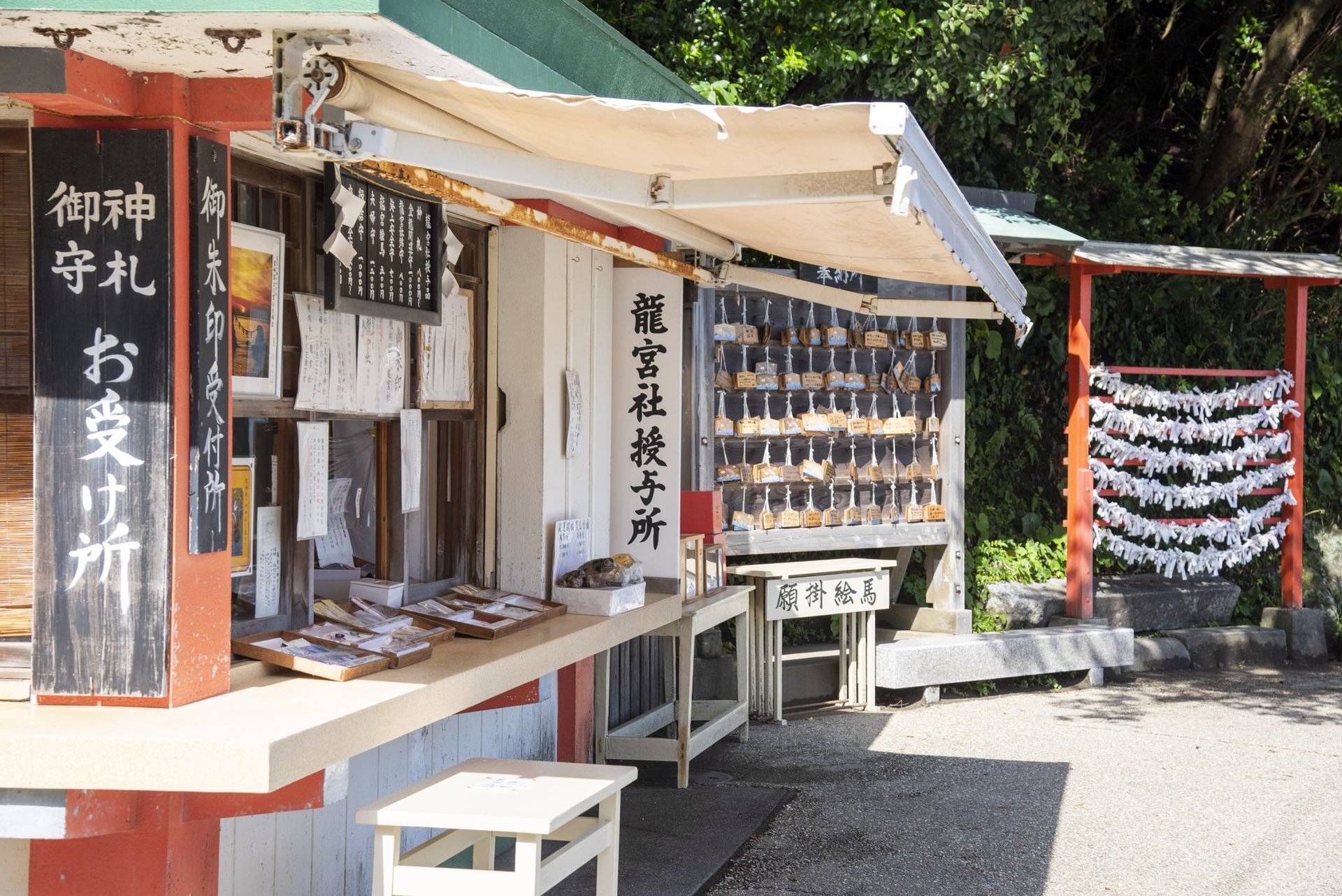
Ise is best known for Ise-jingu Shrine—one of Japan’s oldest and most significant shrines—its many specialty dishes, and delectable seafood. Ago Bay, located to the south of Ise City, is historically known as the pearl production capital of Japan. Through the successful cultivation of Akoya oysters, the bay became famous for its Akoya pearls.
Credit: japan.travel

Okage Yokocho Street
Step back in time at Okage Yokocho Street. Reminiscent of a traditional Japanese town, the street is filled with shops selling local Ise delicacies. Try some delicious local dishes and experience omotenashi, Japan’s famed spirit of hospitality.
Okage Yokocho Ancient Street
52 Ujinakanokiricho, Ise, Mie 516-8558, JapanIse-jingu Shrine (Inner Shrine)
Just a short walk away is the Inner Shrine of Ise-jingu, said to be the home of Amaterasu, the divine ancestor of the Imperial Family and a major deity of the Shinto religion. Uji Bridge, at the entrance to the inner shrine, is believed to connect the sacred and the secular worlds, while the Isuzugawa River that flows beneath purifies the body and soul.
Ise Grand Shrine
1 Ujitachichō, Ise, Mie 516-0023, JapanIse cuisine
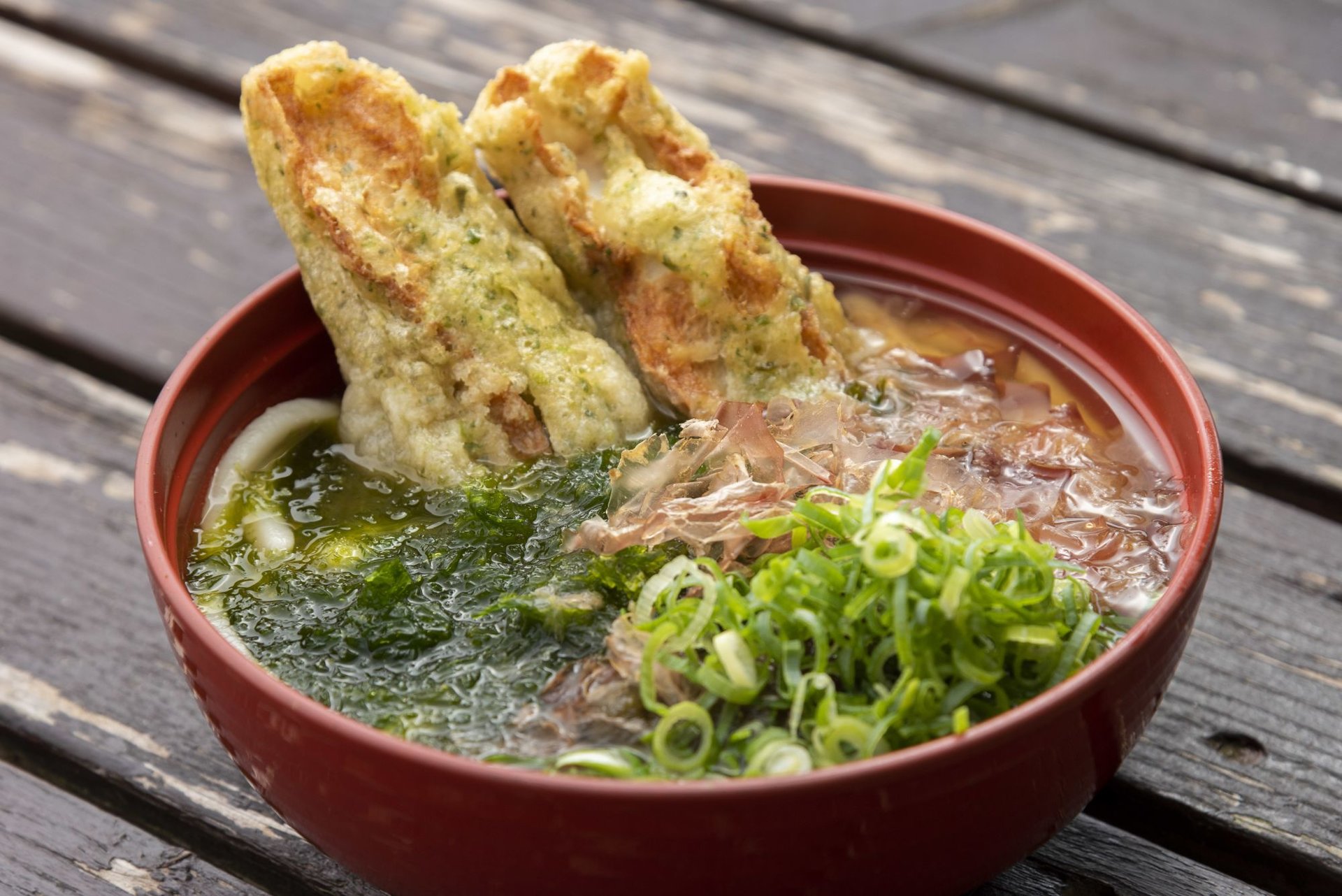
Find some of the tastiest seafood in all of Japan on Ise Bay, home to the Japanese spiny lobster or “Ise lobster,” named in honor of the area. Bay-facing Ise City has a great many restaurants that can show you the best of what Japan’s food culture has to offer. Many restaurants serving local delicacies are clustered in the downtown area near Iseshi Station. Delicately marinated strips of lean fish are arranged on a bed of vinegared sushi rice in tekonezushi, a signature Ise dish. Thanks to the flavor of the marinade, tekonezushi makes for a perfect introduction to sushi for people who don’t like fishy-tasting food. Each restaurant has its own in-house tekonezushi preparation. Oshizushi refers to a layered type of sushi that is made in a traditional wooden block press. The saury fish caught in Ise has a lean, firm meat and makes for very good oshizushi. The Japanese spiny lobster is a high-end delicacy, and the lobsters caught in Ise are considered top quality. Ise lobsters are at their best between October and April as the cold sea concentrates their sweetness. Also try some of Ise’s famous local clams, best served grilled. Udon from Ise is distinguished from other varieties by the rich sauce that it’s served with. The spicy bite gives way to a sweet and smooth flavor.
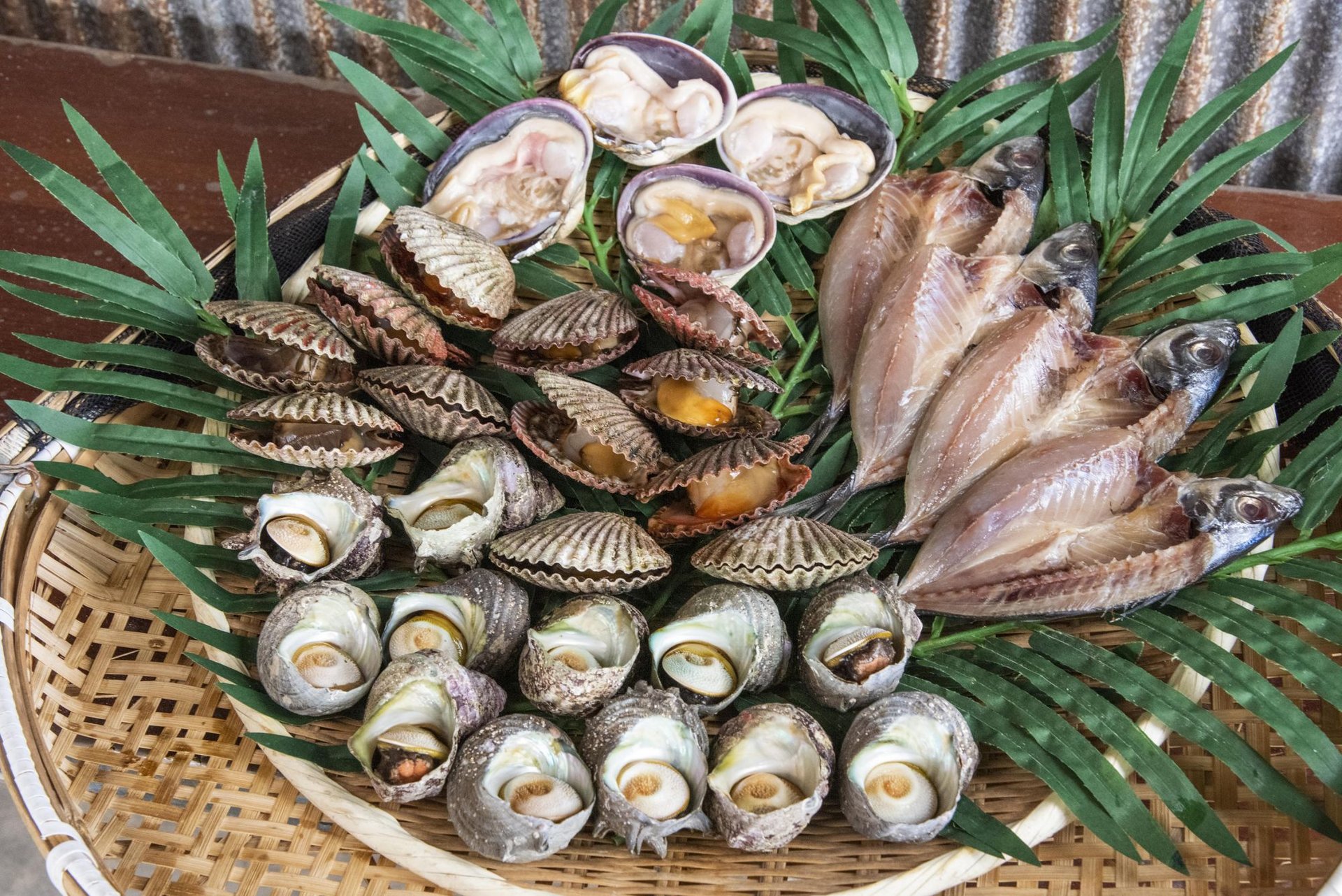
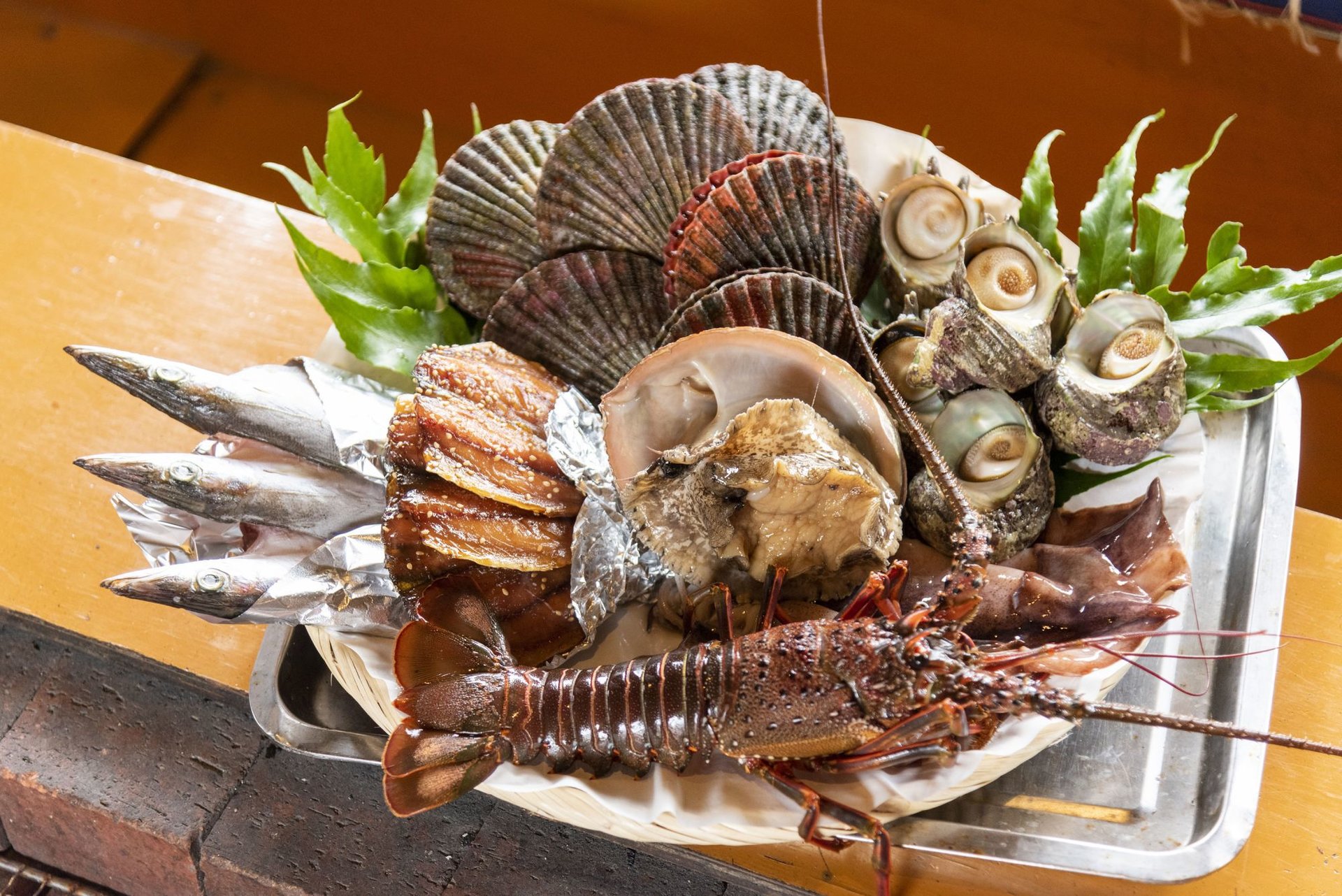
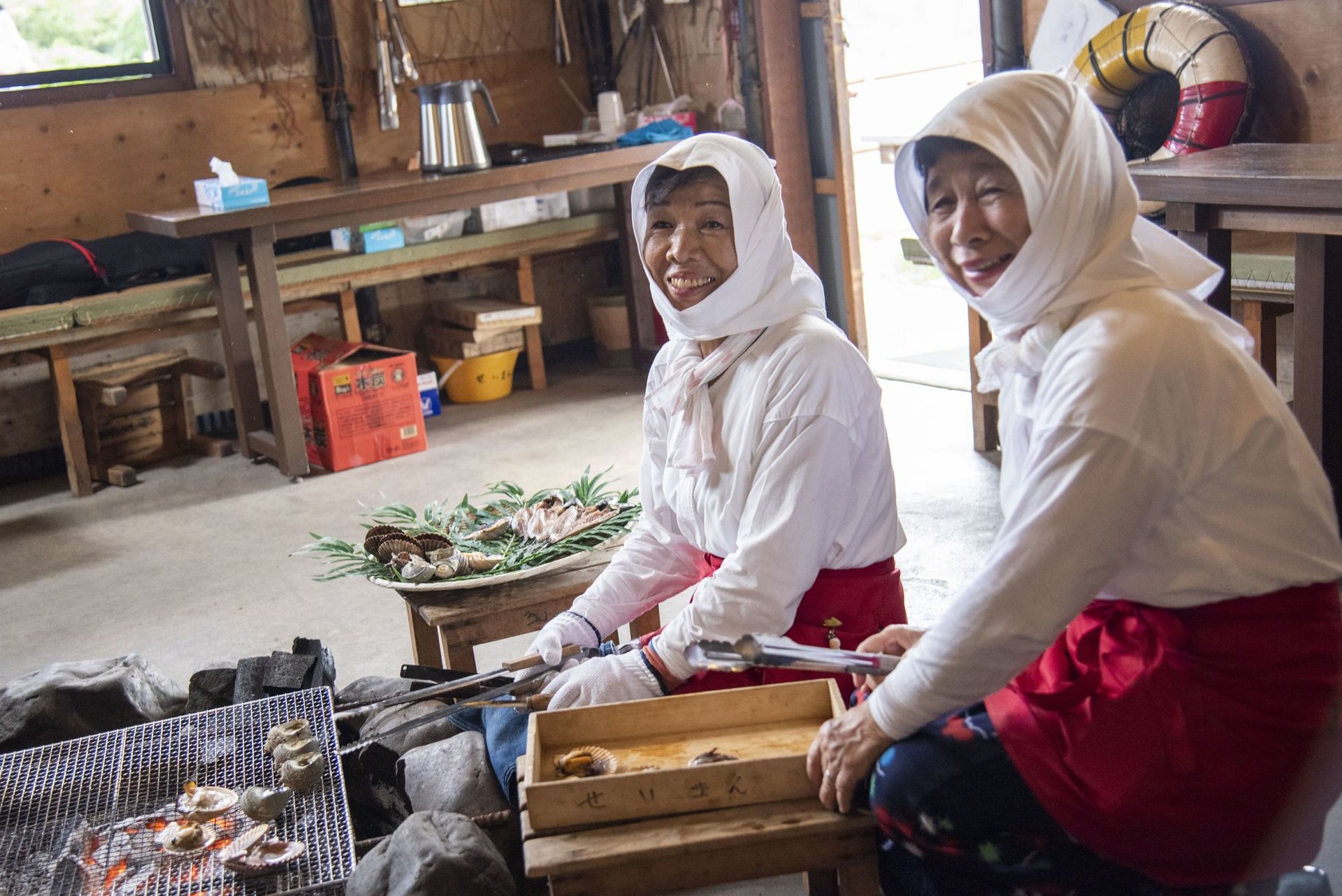
Ise-jingu Shrine (Outer Shrine)
The Ise-jingu Shrine precincts include the inner shrine mentioned above and this outer shrine. Pay your respects to Toyoke Omikami–the goddess of food and grains.
Ise Grand Shrine
1 Ujitachichō, Ise, Mie 516-0023, JapanMeoto Iwa
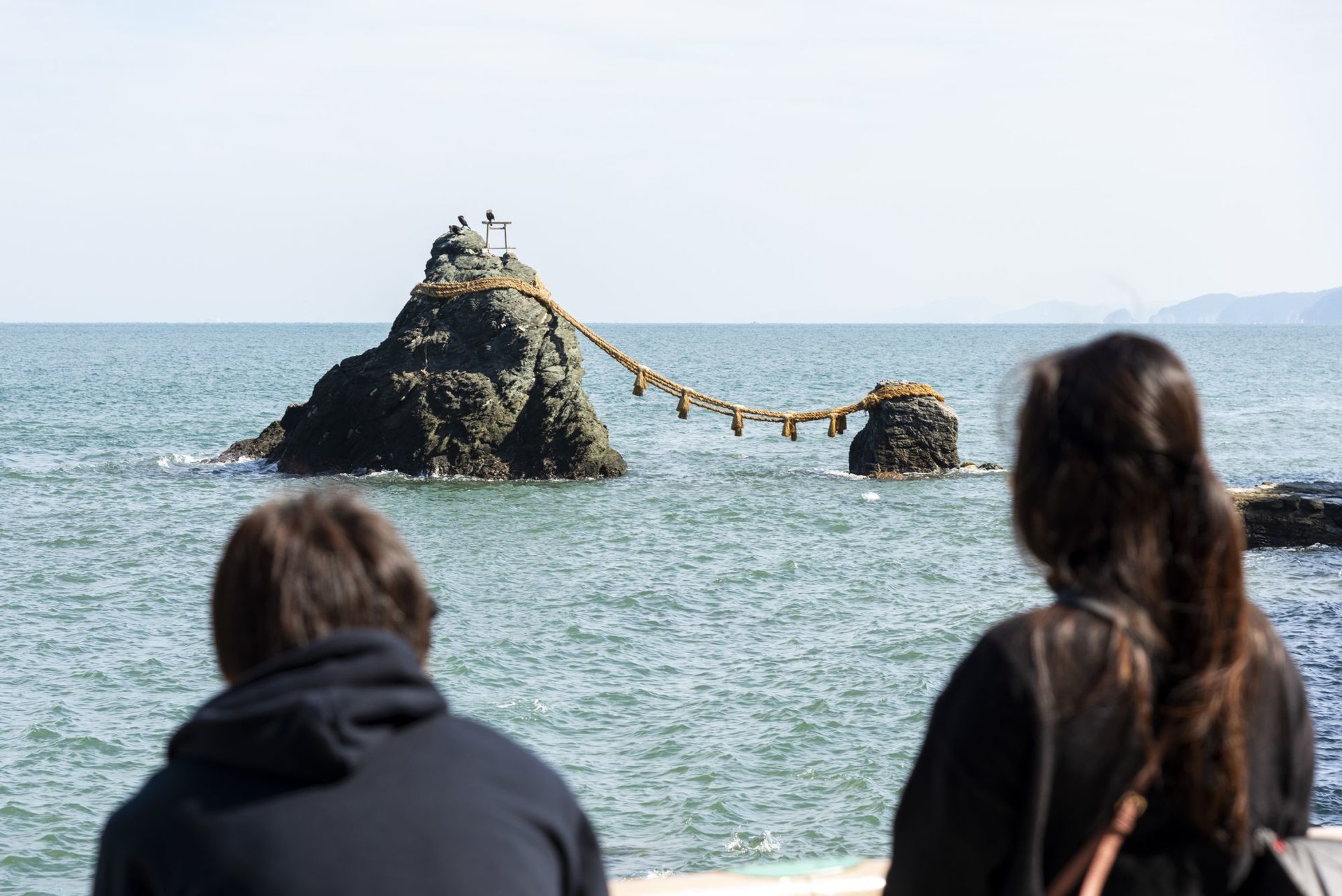
Observe these famous "wedded rocks," named for their resemblance to a married couple standing next to each other. Their location is said to be a sacred spot that the gods visit. Located 700 meters offshore, Meoto Iwa serve as the gateway for offering prayers to Amaterasu Omikami. The rising sun can be seen between these wedded rocks from May to July, and they are backdropped by full moons in autumn and winter.
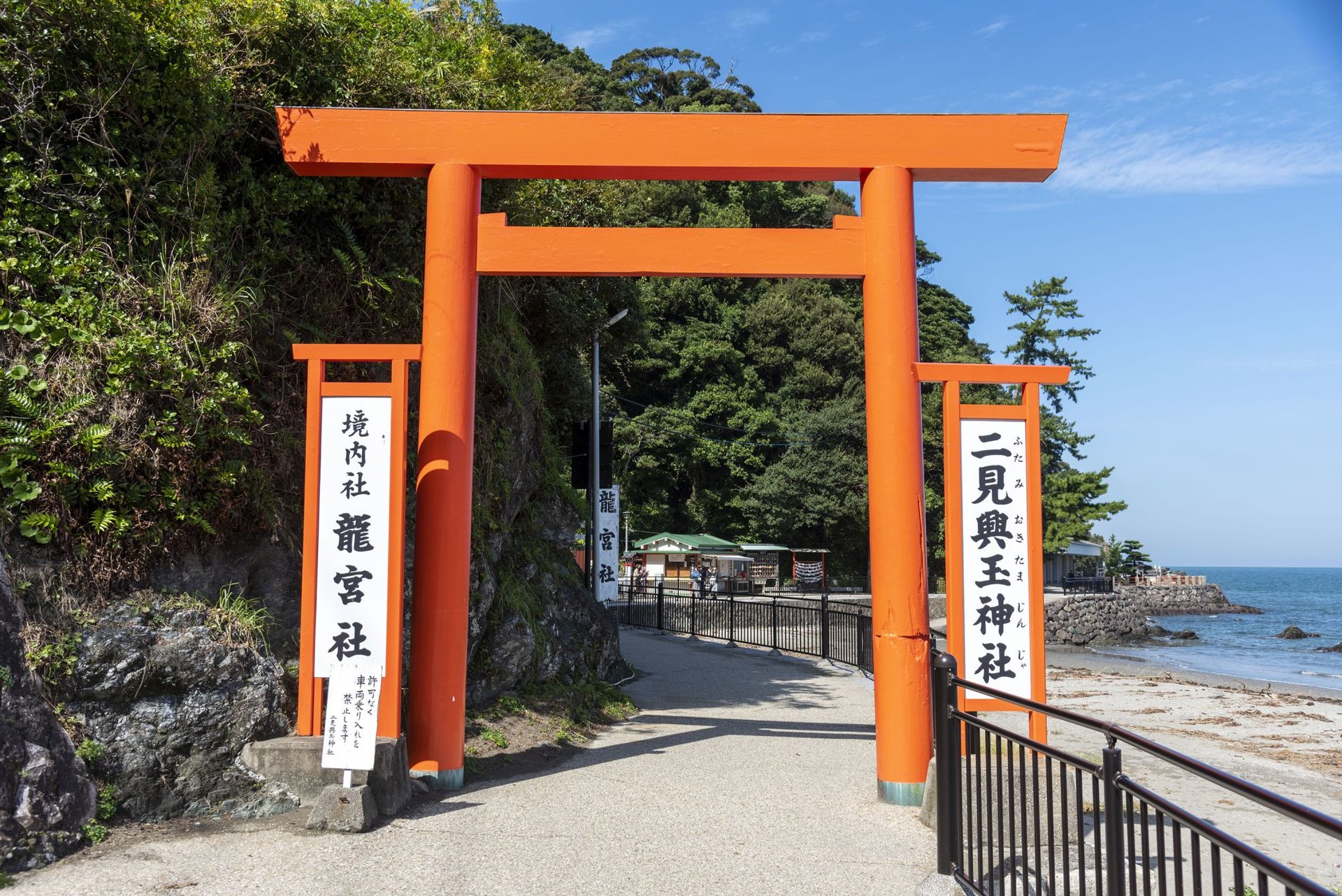
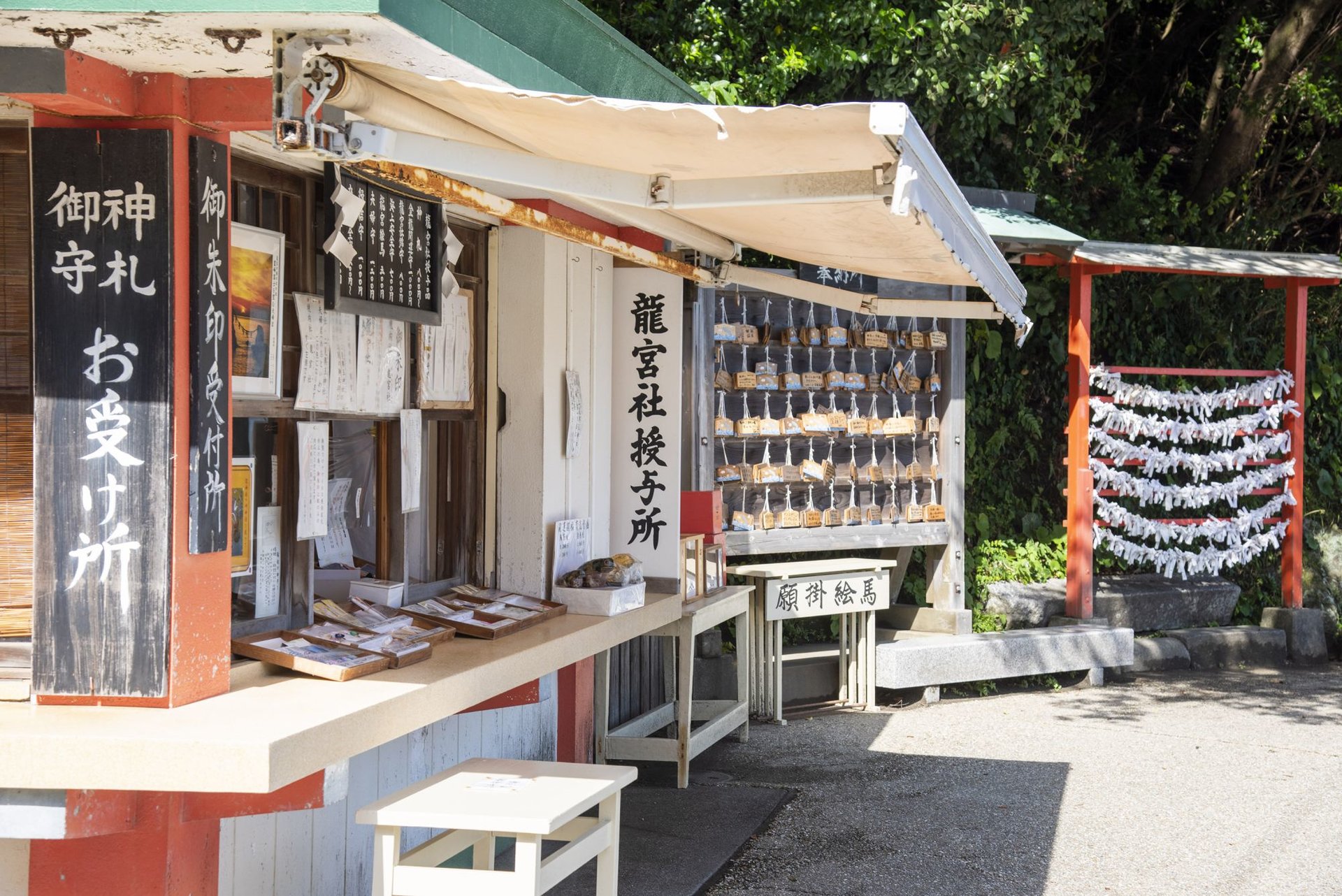
Meoto Iwa (Wedded Rocks)
575 Futamichōe, Ise, Mie 519-0602, JapanMikimoto Pearl Island
Learn about Japan’s pearl industry and the famed pearl divers of Toba. This area is the birthplace of Japanese pearl cultivation, and the site where Mikimoto founder Kokichi Mikimoto first successfully cultivated a pearl. Experience the history surrounding the Japanese pearl trade at Japan’s first pearl museum.
Mikimoto Pearl Island
Mikimoto Pearl Island, 1 Chome-7 Toba, Mie 517-0011, JapanHave Story To Share?
Blog with Trip.Social

Reach new audiences and maximize your potential.